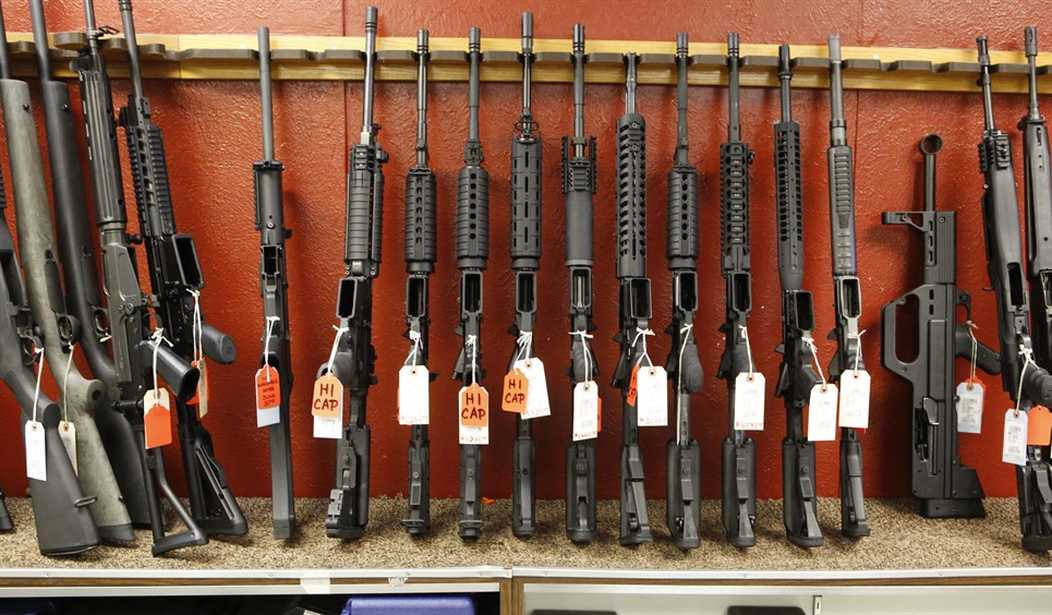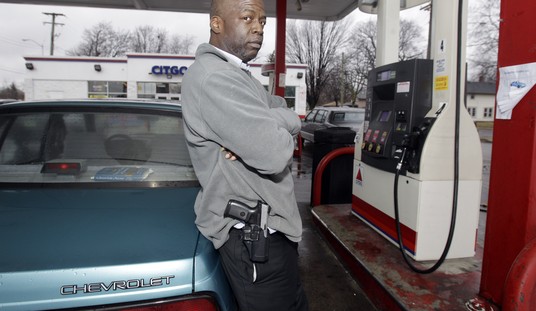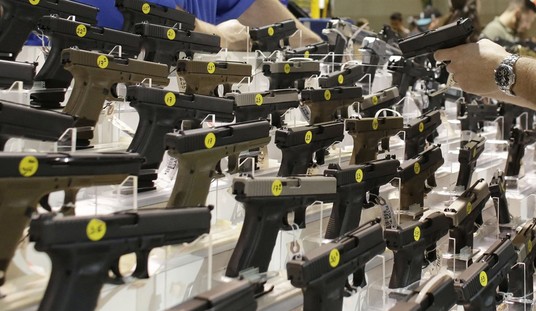The thinking behind red flag laws is simple. You simply disarm the dangerous people so they can’t hurt folks. It’s as simple as you can get.
However, simplicity is often illusionary. The simple nature of red flag laws only goes skin deep. When you look at the application of such measures, they get a whole lot more complicated. The actual use of these laws is the subject of much debate, something that will likely continue for ages to come.
It doesn’t help that success for these laws appears to be primarily measured in how many guns are taken from people.
Take, for example, Florida. They passed a red flag law in the aftermath of the Parkland Massacre among other ill-advised gun control measures. Now, supporters appear to be quite proud of how often the law has been used.
Once, this would have seemed unlikely in the “Gunshine State,” known for lawmakers in lockstep with the National Rifle Association. But since Florida enacted its “red flag” law in March 2018, thousands of guns – handguns, shotguns, hunting rifles and the kind of semi-automatic weapons used in mass shootings across America – have been given up or taken by authorities.
The tipping point: Seventeen dead at Parkland’s Marjory Stoneman Douglas High.
The law was signed weeks later. Since then, through August 2019, 2,654 people in Florida have been ordered to turn over their guns and ammunition and banned from having any more for up to a year. No one appears to be keeping statewide count of how many guns have been collected.
The number of weapons per person varies. “It’s either one or a ton,” says Mike Schmid, attorney for the Tampa Police Department. A Pinellas man turned in 57. A gun owner in Hillsborough had 85.
This “risk protection” process plays out in civil court hearings, where Florida judges are left to decide whether there’s “clear and convincing evidence” of danger. On average, five times a day, the answer is yes.
Except, that’s not quite what happens.
I mean, yes, a judge makes that determination. However, it’s a determination reached without the subject present. The judge doesn’t hear both sides of the case, only the words from the person making an accusation. It’s then up to the subject to later prove his innocence, to prove that he doesn’t represent a threat to the public. It’s a travesty of due process.
The key number supporters of the law look to is just how many times it’s being used. As of August, 2,654 people have basically had their Second Amendment rights revoked.
The question we need to ask is just how many of them represent an actual threat? I’m quite sure many of the children covered under such laws represent no threat to anyone. Neither do a lot of those others.
What we don’t hear from supporters is how many of these people are truly dangerous. The Tampa Bay Times starts their report outlining a couple of examples of people who certainly sound like mass shooters in the making, but are they the rule or the exception? How many of these 2,654 people are actually threats and how many are just scary to someone?
Let’s be perfectly honest, a lot of people think anyone who has an interest in firearms is scary. I’ve seen this myself. Some people are so terrified of guns that they see a threat in the people who are more at the other end of the spectrum.
How many of those were caught up in the red flag fiasco?
That’s the question the media seems to not want to ask, but it’s the most important question. If a law is going to be measured, it needs to be measured not just by any successes, but its failures as well. If red flag laws are disarming thousands of law-abiding citizens who represent no threat to anyone, is it really worth it? Especially since we’ve seen time and time again that you can stop mass shootings without red flag laws.
This all started because the authorities didn’t use the laws at their disposal to stop a potential mass shooter in the making. You’re deluded if you think one more law will really make a difference.








Join the conversation as a VIP Member